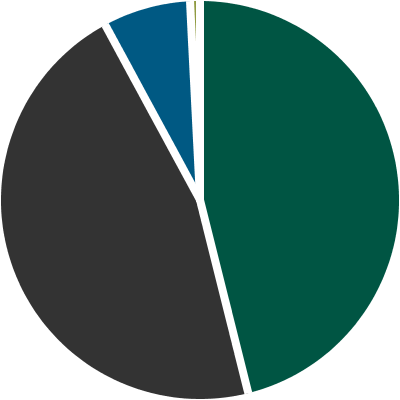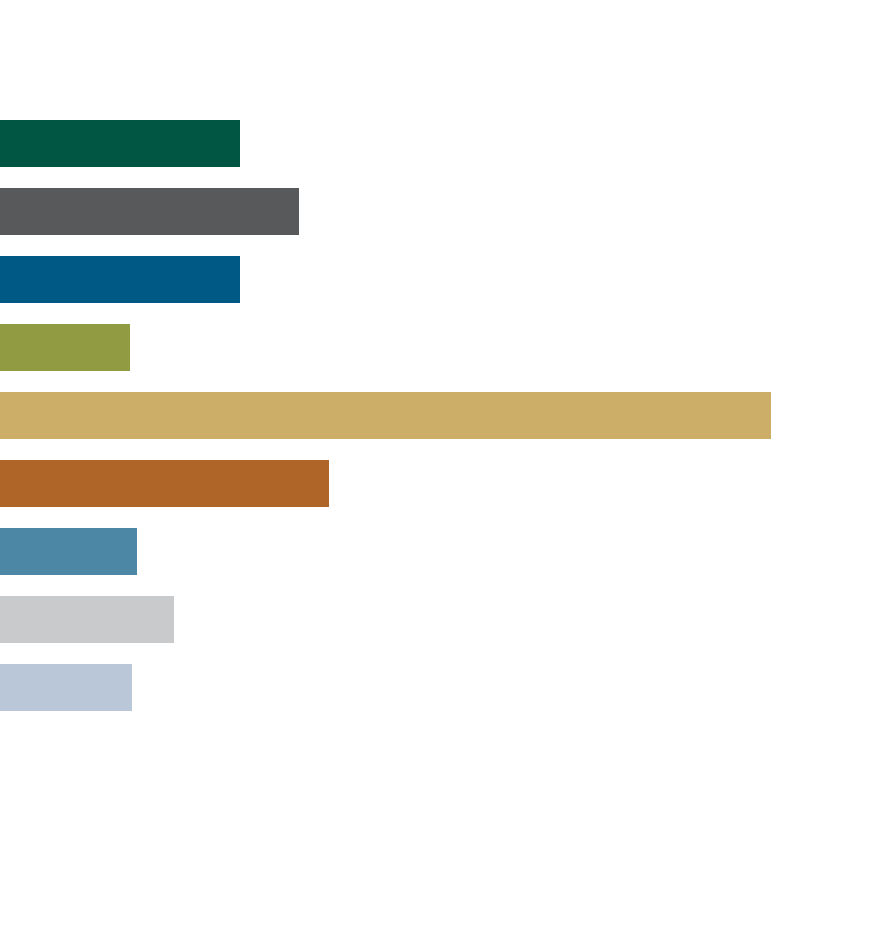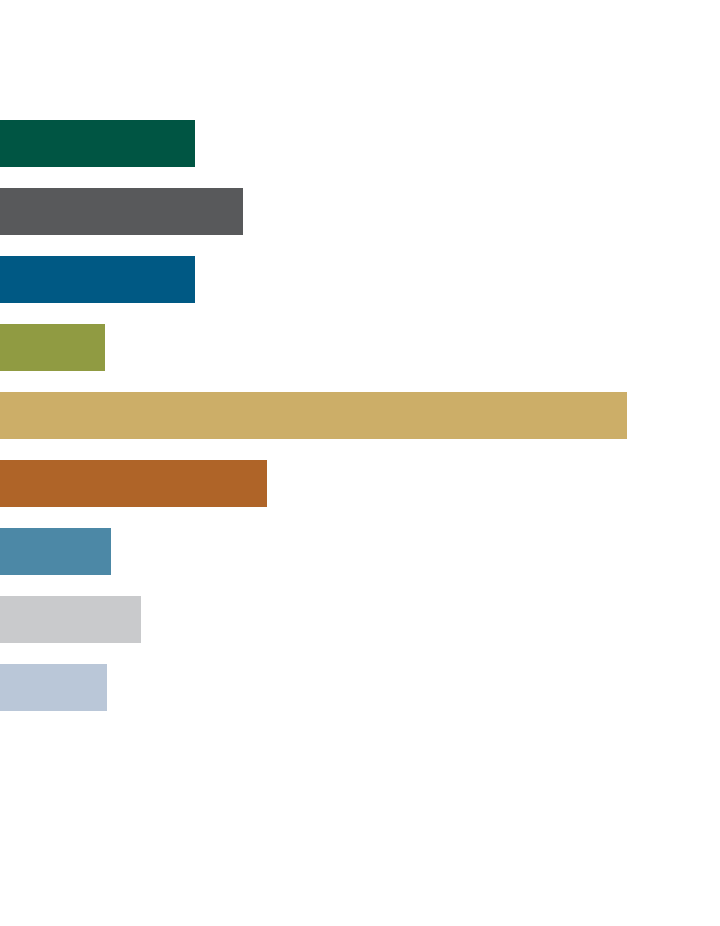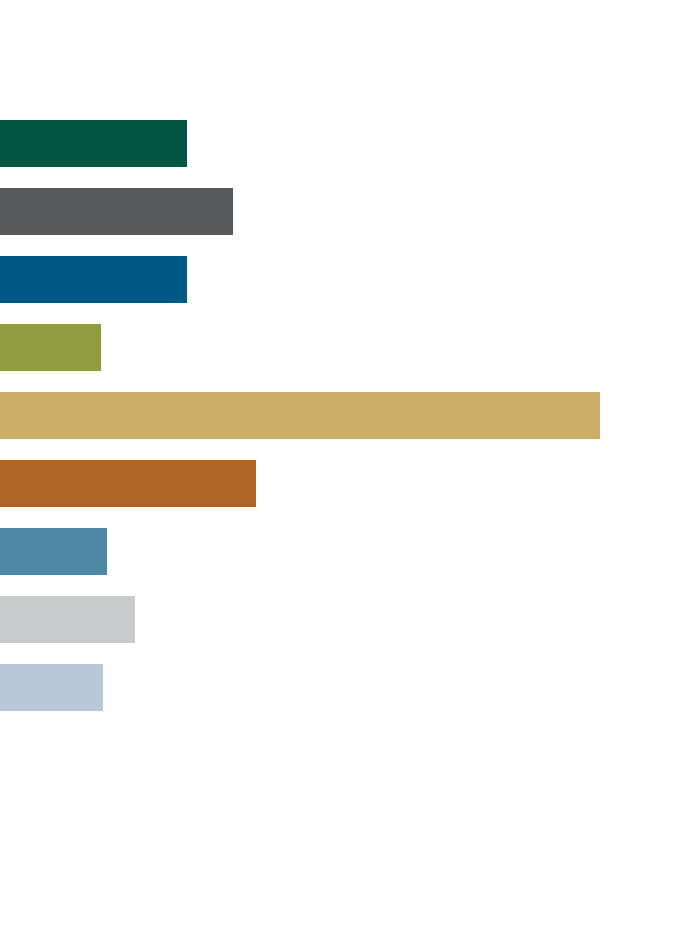Current and future portfolio holdings are subject to risk. The value of portfolio securities selected by the investment team may rise or fall in response to company, market, economic, political, regulatory or other news, at times greater than the market or benchmark index. A portfolio’s environmental, social and governance (“ESG”) considerations may limit the investment opportunities available and, as a result, the portfolio may forgo certain investment opportunities and underperform portfolios that do not consider ESG factors. International investments involve special risks, including currency fluctuation, lower liquidity, different accounting methods and economic and political systems, and higher transaction costs. These risks typically are greater in emerging and less developed markets, including frontier markets. Securities of small- and medium-sized companies tend to have a shorter history of operations, be more volatile and less liquid and may have underperformed securities of large companies during some periods. Value securities may underperform other asset types during a given period. These risks are discussed in the prospectus. Please read it carefully before you invest or send money.
Performance Source: Artisan Partners/MSCI. Data & Statistics Sources: Artisan Partners/MSCI/GICS. Sector exposure percentages reflect sector designations as currently classified by GICS. Annual turnover is reported as of the Fund’s fiscal year end. Artisan Partners may exclude outlier data and certain securities which lack applicable attributes, such as private securities when calculating portfolio statistics. If information is unavailable for a particular security Artisan may use data from a related security to calculate portfolio statistics. For the purpose of determining the Fund's holdings, securities of the same issuer are aggregated to determine the weight in the Fund. Cash weighting includes cash and cash equivalents. Totals may not sum due to rounding.
Median is the data's midpoint value. Market Cap (USD) is the aggregate value of all of a company's outstanding equity securities. Weighted Average is the average of values weighted to the data set's composition. Weighted Harmonic Average is a calculation of weighted average commonly used for rates or ratios. Price-to-Earnings Ratio (P/E Ratio) measures how expensive a stock is. Earnings figures used for FY1 and FY2 are estimates for the current and next unreported fiscal years. Net Debt/Capital reflects a company’s financial leverage as measured by its net debt (total debt minus cash & cash equivalents) divided by total capital. The aggregate calculation excludes companies classified by GICS as banks, consumer finance and capital markets to focus on nonfinancial liabilities. Price-to-Book Ratio (P/B Ratio) is a valuation measure used to compare a stock's market value to its book value. Return on Assets (ROA) is a profitability ratio that measures the amount of net income returned as a percentage of total assets. Active Share is defined as the percentage of a portfolio that differs from its benchmark index. Active Share can range from 0% for an index fund that perfectly mirrors its benchmark to 100% for a portfolio with no overlap with an index. Annual Turnover is a measure of the trading activity in an investment portfolio—how often securities are bought and sold by a portfolio. Free Cash Flow is a measure of financial performance calculated as operating cash flow minus capital expenditures. Return on Capital (ROC) is a measure of how effectively a company uses the money (borrowed or owned) invested in its operations.
MSCI All Country World Index measures the performance of developed and emerging markets. MSCI ACWI Value Index measures the performance of companies across developed and emerging markets that exhibit value style characteristics according to MSCI. The index(es) are unmanaged; include net reinvested dividends; do not reflect fees or expenses; and are not available for direct investment.
MSCI makes no express or implied warranties or representations and shall have no liability whatsoever with respect to any MSCI data contained herein. The MSCI data may not be further redistributed or used to create indices or financial products. This report is not approved or produced by MSCI.
The Global Industry Classification Standard (GICS®) is the exclusive intellectual property of MSCI Inc. (MSCI) and Standard & Poor’s Financial Services, LLC (S&P). Neither MSCI, S&P, their affiliates, nor any of their third party providers (“GICS Parties”) makes any representations or warranties, express or implied, with respect to GICS or the results to be obtained by the use thereof, and expressly disclaim all warranties, including warranties of accuracy, completeness, merchantability and fitness for a particular purpose. The GICS Parties shall not have any liability for any direct, indirect, special, punitive, consequential or any other damages (including lost profits) even if notified of such damages.




